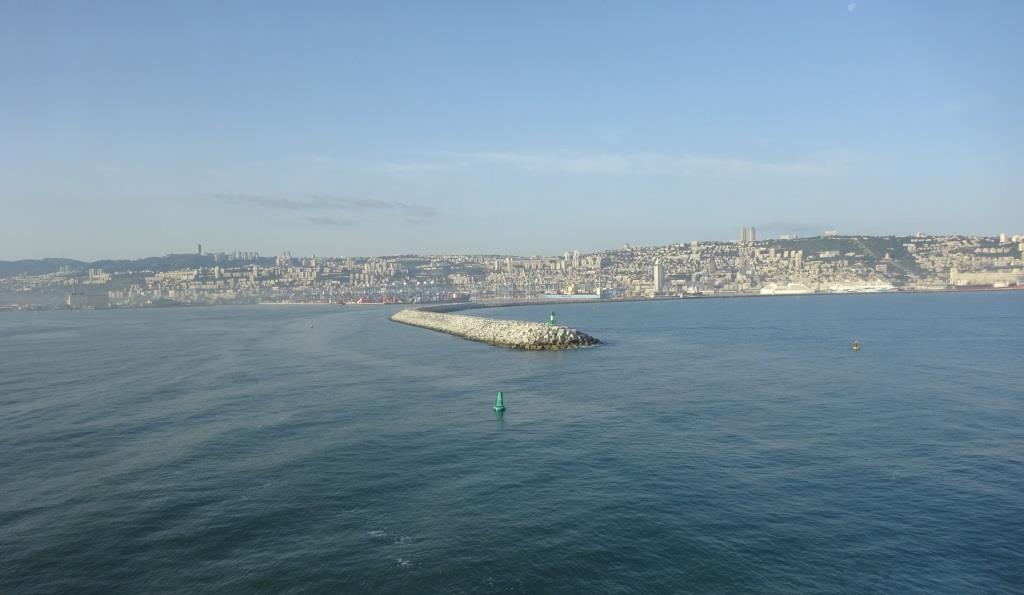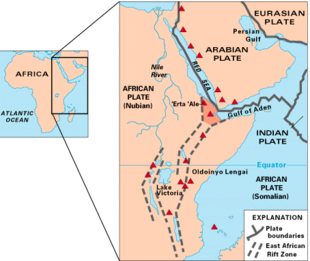We did not see any whales yesterday afternoon or in the evening, nor did we have to slow down on Coast Guard request. All was well in the world. It was even better than well, at least for the guests, as during the day the sun came through and this also promised a sunny day for Charlottetown. Which we had. It was less well for the navigators as sunshine in this area results nearly always in fog banks forming and this indeed happened in the late afternoon and early evening. But it is still early in the season so the banks are not that dense yet. But the moment the sun gains more strength it will be a daily occurrence. The ports will be clear and beautiful but outside where the warm air meets the cooler water, a white wall will greet the ship on each departure. That is the toll that captains and navigators pay so that the guests can have a sunny cruise in the Canadian Maritimes. But for now the balance is still ok, between good visibility and rain, and the amount of sunshine and VERY low clouds. Continue reading
Category: Technical (page 7 of 10)
Although the ship was in port overnight and the gangway wide open for the whole period, most guests came back on board for a good night’s sleep and then got up again very early for the next set of shore excursions. The Colonnade Restaurant (Comparable to HAL Ships Lido for breakfast and lunch operation although they offer A La Carte as well’) opens at 06.30 on port days but it looked as if they had torn the doors down as half the Restaurant was already full when I arrived at 06.31 hrs. Last night it was very quiet in the ship and I felt really important as I had the whole Club Lounge to myself including the Band. Some guests joined later but when I left the crowdedness of the lounge reduced again by 20%. Still a few people were on board during the day as not everybody participated in tours on both days. For just going ashore, without a cultural goal, Haifa is not as spectacular as due to the curved nature of the port, it lacks a concentrated down town area. So it is not as ideal for a concentrated shopping stroll as might be the case in other ports. Continue reading
After a slow sail from Ashdod to Haifa we arrived at the pilot station at 06.30 and sailed in shortly afterwards. Haifa is located against a curved mountain ridge which tapers off towards the sea. The top of the ridge is called Mount Carmel. The mountain is well known from biblical days as the location where the Prophet Elijah challenged the local competition to settle the problem of who was the true God.

The port of Haifa as seen from the pilot station. Haifa is mostly located against the Northerly ridge of Mount Carmel.
We are now on our way to Al Aqabah which is a five day sea voyage up the Gulf of Aden and then into the Red Sea. Eventually I hope to report if the Red Sea is indeed red or if there is something different going on (Or was going on, when they came up with the name). But that will take a while as of lunch time today it was still 500 miles to the Bab El Mandab rock formation which forms the official entrance to the Red Sea coming from the south. We are sailing at a considerable distance away from the shore line, to stay in international waters but also to stay away from fishing boats and other mayhem which tends to congregate on the edge of the deep water to shallow water. That is where the fish tends to come to the surface and might swim straight into the nets. Continue reading
We are following the recommended deep sea route so we are quite far from the shore. This makes sense anyway as it keeps us clear all sorts of Sunday sailors and fishing boats who are normally hovering on the edge of the shallow and deep water line as that is where the fish tends to come up from the deep. We are in deep water, very deep water. In relative distance the depth of the sea increases quite rapidly from being shallow and below us we have about 4000 feet of water and that is not even the deepest part.

The tectonic plate movement in the area (Thank you wikipedia)
The cause is another continental divide. We are here at the eastern rim of the Arabian Tectonic Plate which is crushed against Europe by the African Plate. I have blogged about this before, explaining the Wegener theory (not a theory since a long time anymore) that the continents are a sort of parts of a large dinner plate (broken in to the continent pieces a long time ago) that mainly drift westwards but not always. Far down at the sea bottom the two plates meet and slowly but steadily the Somalian Plate pushes the African Plate to the North East. So the distance from South America is getting larger by a few centimeters every year. The Arabian plate has nowhere to go but follow and here the mountains are getting higher. (Wait a million years and you can see the difference) This is caused by the west moving Somalian plate which is pushing under the African plate and that gives these very deep canyons under water. And we are sailing right over the top at the moment. Continue reading
Well the amount of wind amounted was less than the weather guru’s had predicted and the good ship Volendam arrived without any hassle at 05.30 at the pilot station. Some ships have a dedicated pilot break but on cruise ships there are always several breaks (that is what we call the shell doors in the hull side that can be used as they are on the lowest deck). For the Volendam that is A deck as B deck is below the water line and Main deck is passenger accommodation. There we have the Tender break, the Water break, the Bunker break, the Marshalling area (2 doors), the Provision break, and another Water break. So plenty of choice but we normally use the Marshalling area, there were we load the suitcases and store the spare parts coming on board, as this break has the most space. And it is exactly amidships, so it has a flat hull and no bow wave playing around it. Continue reading
With the sedate speed of 15 knots are we sailing through the Caribbean Sea. The weather is following the weather forecast and that is appreciated by everybody. We expect that the Trade Wind will start to re-establish itself this evening and through out the night and with it the swell. But by tomorrow morning 05.30 we will be slipping inside the entrance of Boca Chica, the large inland water area where at the far North East the port of Cartagena is located. As explained in previous blogs, it takes about 90 minutes from pilot to gangway out and thus the captain is aiming to have the pilot on board at 05.30 hrs. The ships average speed has been set up for this as arriving earlier has not much use. If we put the pedal to the metal we could be there my midnight but what then. Continue reading
This current wind is our friend. It came from the north and was thus a following wind and then fell away (shielded by) when we entered the Windward Passage with Cuba to the West and Haiti on Hispaniola to the East. Then it turned to the north but only with a low velocity blowing against us. All due to that large frontal system that came through in the last few days and as a sort of Vacuum cleaner emptied the whole area out of wind. Well not emptied out, it balanced out the difference in High pressure and Low pressure here. Now the Trade Wind system has to re-establish itself and then we will be back to normal. The normal will be Easterly winds four 4 to 5 beaufort but here we still have this near wind still weather (which also means less whipped up waves) and that is something to enjoy and cherish while it lasts. Continue reading
Today we have our 2nd day at sea and we are sailing with a speed of 15 knots towards Half Moon Cay. We have outrun the bad weather and now we have just the regular Trade Winds blowing, although they are quite strong ones, reaching wind force six at times. Normally for a Trade Wind is a strong wind force 4 or a small 5. Still the sun is shining and that is what counts, the decks are open for the guests, much to the great relief of the Cruise Director. Because today was the “Walk for the Cause” and that is something you do not want to cancel. Thus far the company has raised over $ 6 million in funds for the Cancer Fund (and part of it goes to the Cancer funds in the home countries of our crew members) and a lot of good work can be done with that money. So by 11 am. we had about 40 quite excited guests getting ready to make the rounds on deck after having bought the T shirt. They had the additional benefit of seeing Cuba on the portside as we were just sailing into the Windward Passage. Continue reading
When I was on the Zuiderdam I blogged about the ships movement when going from Aruba to Cartagena and from Cartagena to Panama. The strong Trade Wind pushing in the back and the subsequent waves & swell caused a corkscrew motion of the ship. All with the stabilizers doing their best but limited in their success. On this run we are going the other way. So we do not have following seas which catch the square stern and lift it up; now the sea movement hits the pointy bow and lifts it up. The result in a similar movement but at the same time different. Continue reading
© 2025 – Captain Albert's Website and Blog –
Theme by Anders Noren — Up ↑
